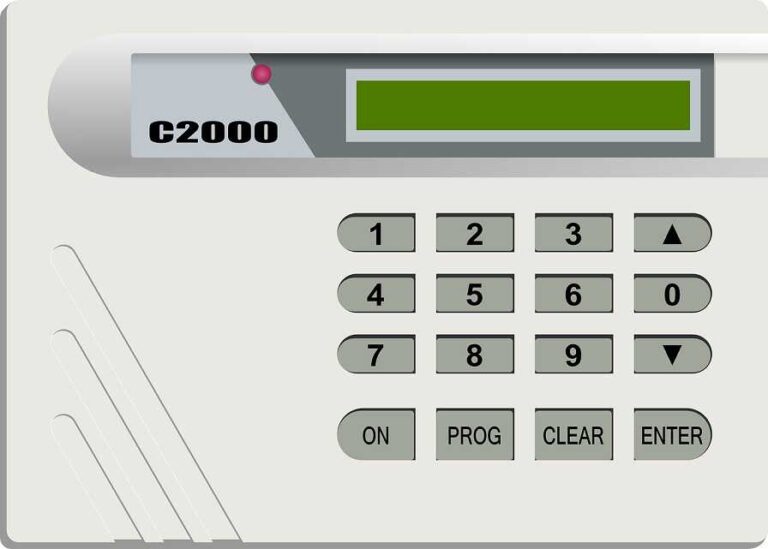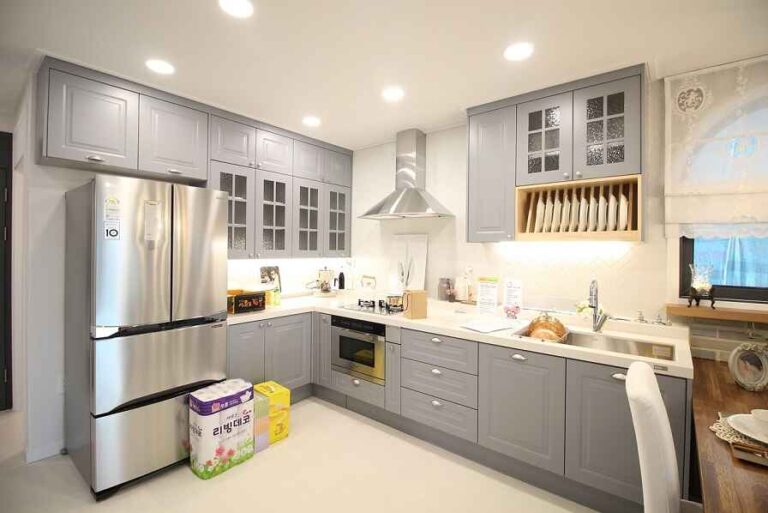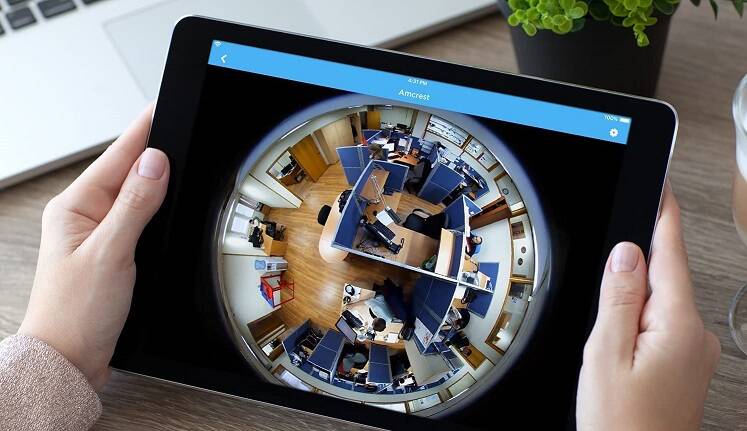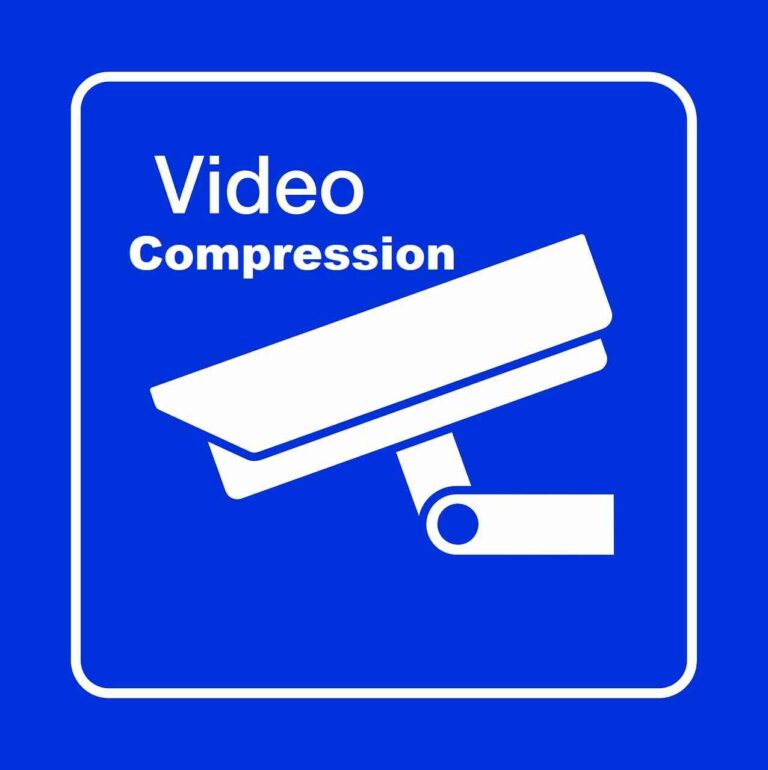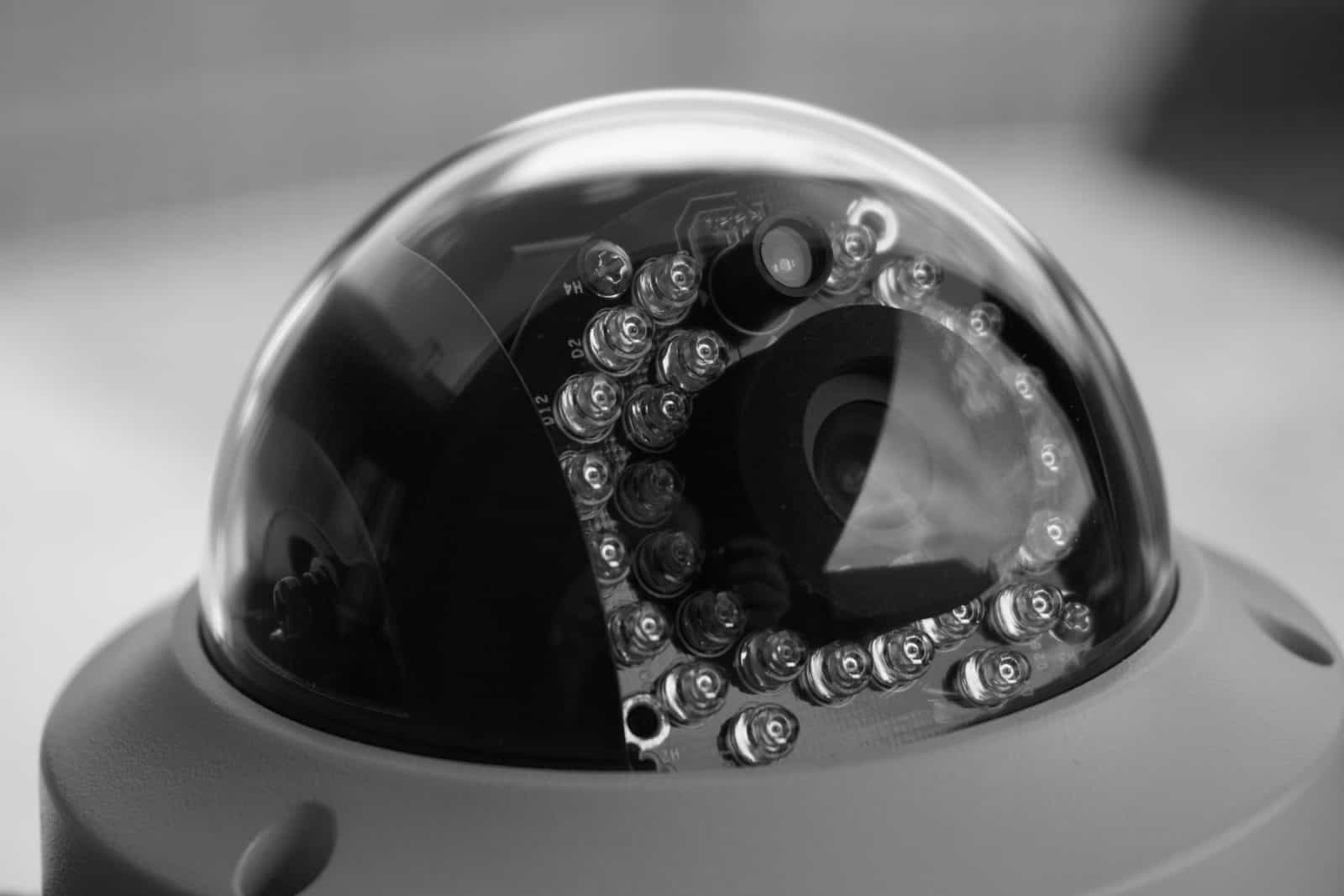How to Choose the Right Baby Monitor: A Comprehensive Guide
As parents, we know that our baby’s safety and comfort are of utmost importance. One of the ways we can ensure our baby’s well-being is by using a baby monitor. A baby monitor is a device that helps you keep an eye on your baby while they’re sleeping or playing in another room.
With so many different types and brands of baby monitors available, choosing the right one for your family can be a daunting task. In this article, we’ll go over the essential features to consider when selecting a baby monitor, so you can make an informed decision.
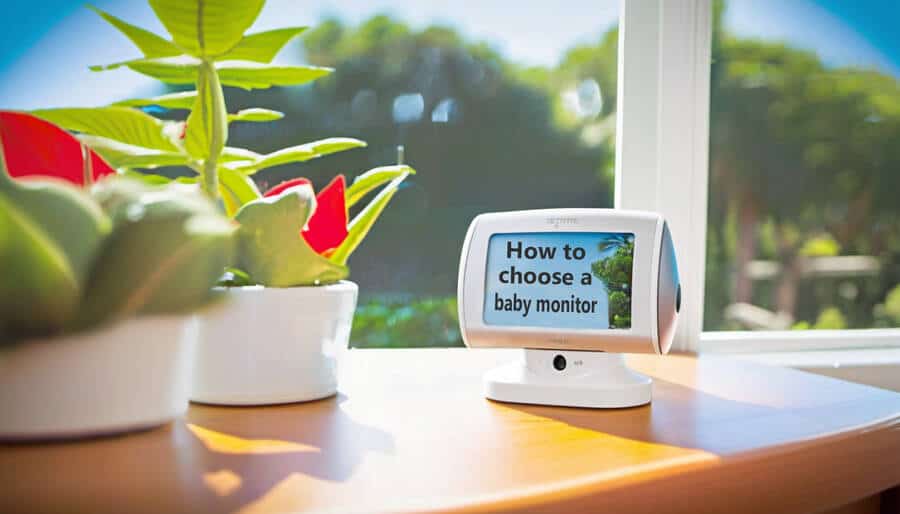
Understanding the Different Types of Baby Monitors
Before we dive into the features to consider, it’s essential to understand the different types of baby monitors. There are two main types: audio and video. Audio monitors transmit sound from your baby’s room to the parent unit, while video monitors transmit both sound and visual footage. Some monitors also have additional features, such as movement sensors or Wi-Fi connectivity.
Audio monitors are usually more affordable than video monitors and use less battery power. They’re also more straightforward to use, making them an excellent choice for first-time parents. However, they only provide you with sound, so you won’t be able to see what your baby is doing.
Video monitors are more expensive than audio monitors but provide you with both sound and visual footage of your baby. They also usually have more features, such as night vision, two-way communication, and temperature monitoring. Video monitors are a great option if you want to keep a close eye on your baby and make sure they’re sleeping comfortably.
Check out our list where we go over some of the best baby monitors on the market.
Essential Features to Consider
Now that you understand the different types of baby monitors let’s go over the essential features to consider when selecting a monitor.
1. Range
The range of the baby monitor should be a top consideration when selecting a monitor. The range is the distance between the baby unit and the parent unit, and it varies between monitors. If you have a larger house or yard, you’ll need a monitor with a long range.
2. Battery Life
Battery life is another critical factor to consider when selecting a baby monitor. You don’t want a monitor that requires frequent charging. Choose a monitor with a long battery life, so you don’t have to worry about it dying while your baby is sleeping.
3. Night Vision
If you plan to use the monitor at night or in a low-light setting, make sure it has night vision capabilities. This will allow you to see your baby clearly, even in the dark.
4. Sound and Video Quality
Look for a monitor with high-quality sound and video. You want to be able to hear your baby clearly, and the video should be clear and crisp. Make sure the monitor you choose has a good speaker, so you can hear your baby’s cries or other noises.
5. Two-Way Communication
Some monitors have two-way communication, which allows you to talk to your baby through the monitor. This feature can be handy when you’re trying to soothe your baby without entering the room.
6. Temperature Monitoring
A monitor with temperature monitoring can help you ensure that your baby’s room is at a comfortable temperature. This feature is especially useful for parents with newborns, as they’re more sensitive to temperature changes.
7. Movement Sensors
Some monitors have movement sensors that alert you if your baby hasn’t moved for a specified period. This feature can provide added peace of mind, especially for parents with newborns.
8. Wi-Fi Connectivity
Some monitors have Wi-Fi connectivity, allowing you to view footage on your smartphone or tablet. This feature can be handy if you’re away from home or want to keep an eye on your baby while doing other tasks around the house.
9. Brand Reputation
When selecting a baby monitor, it’s essential to consider the reputation of the brand. Look for a well-known brand that’s been in the market for a while and has a good track record of producing quality baby monitors.
10. Price
Price is always a consideration when purchasing any product, and baby monitors are no exception. Determine your budget and look for a monitor that fits within it. Keep in mind that higher-priced monitors usually have more features, but that doesn’t necessarily mean they’re better.
Conclusion
Choosing a baby monitor may seem overwhelming, but with the right information, you can make an informed decision. Consider the different types of monitors, as well as the essential features, such as range, battery life, night vision, sound and video quality, two-way communication, temperature monitoring, movement sensors, Wi-Fi connectivity, brand reputation, and price.
By taking the time to research and consider these factors, you can find a baby monitor that meets your needs and provides you with peace of mind knowing that you can keep a close eye on your baby while they sleep or play.

